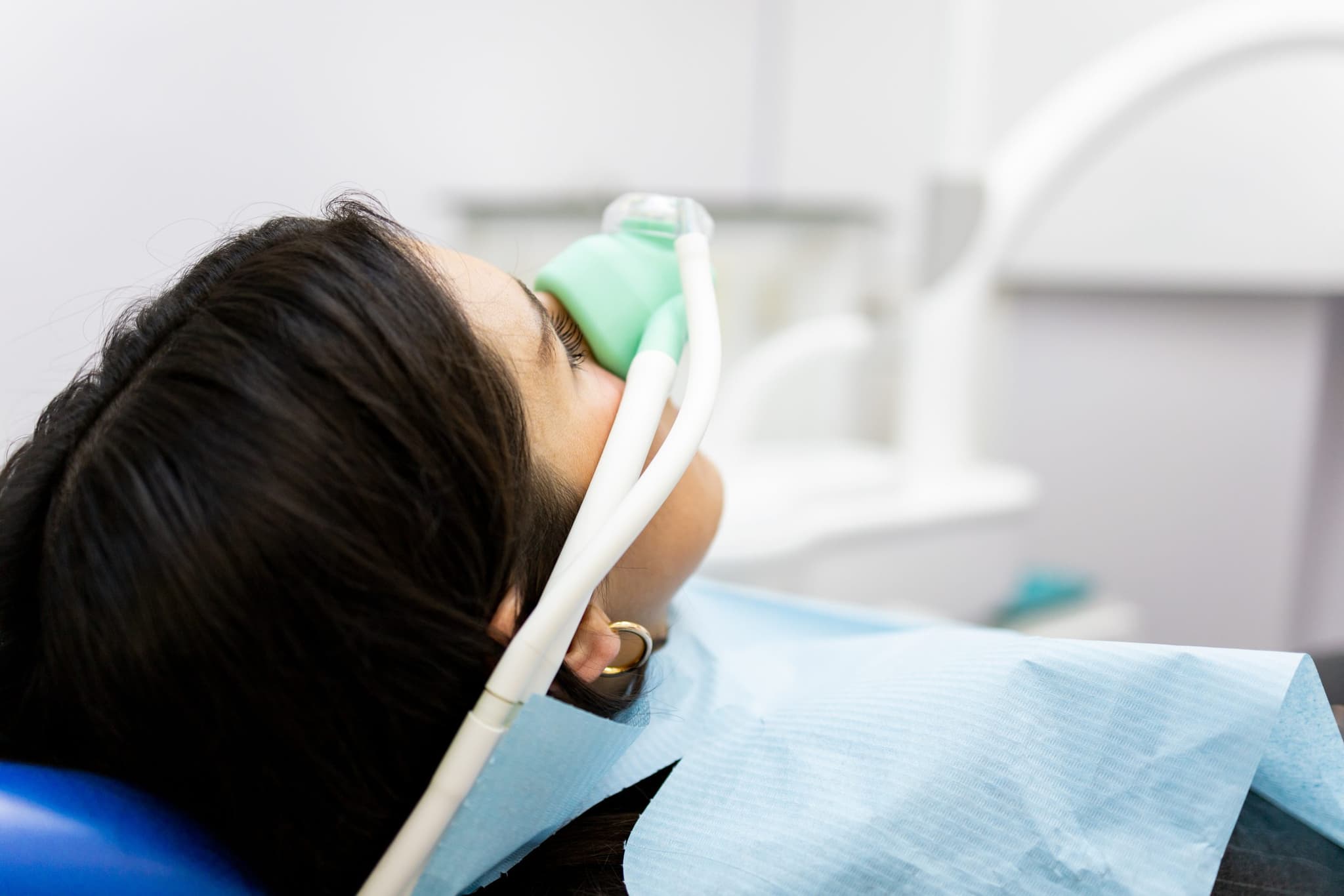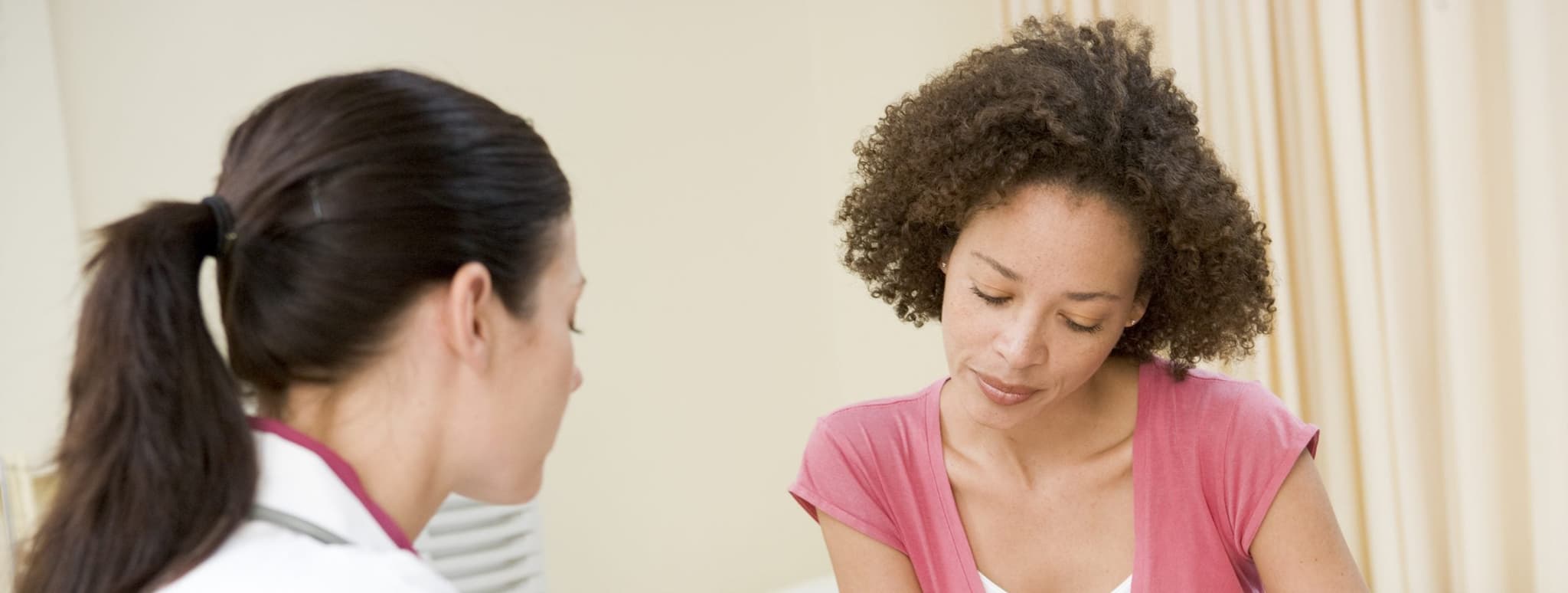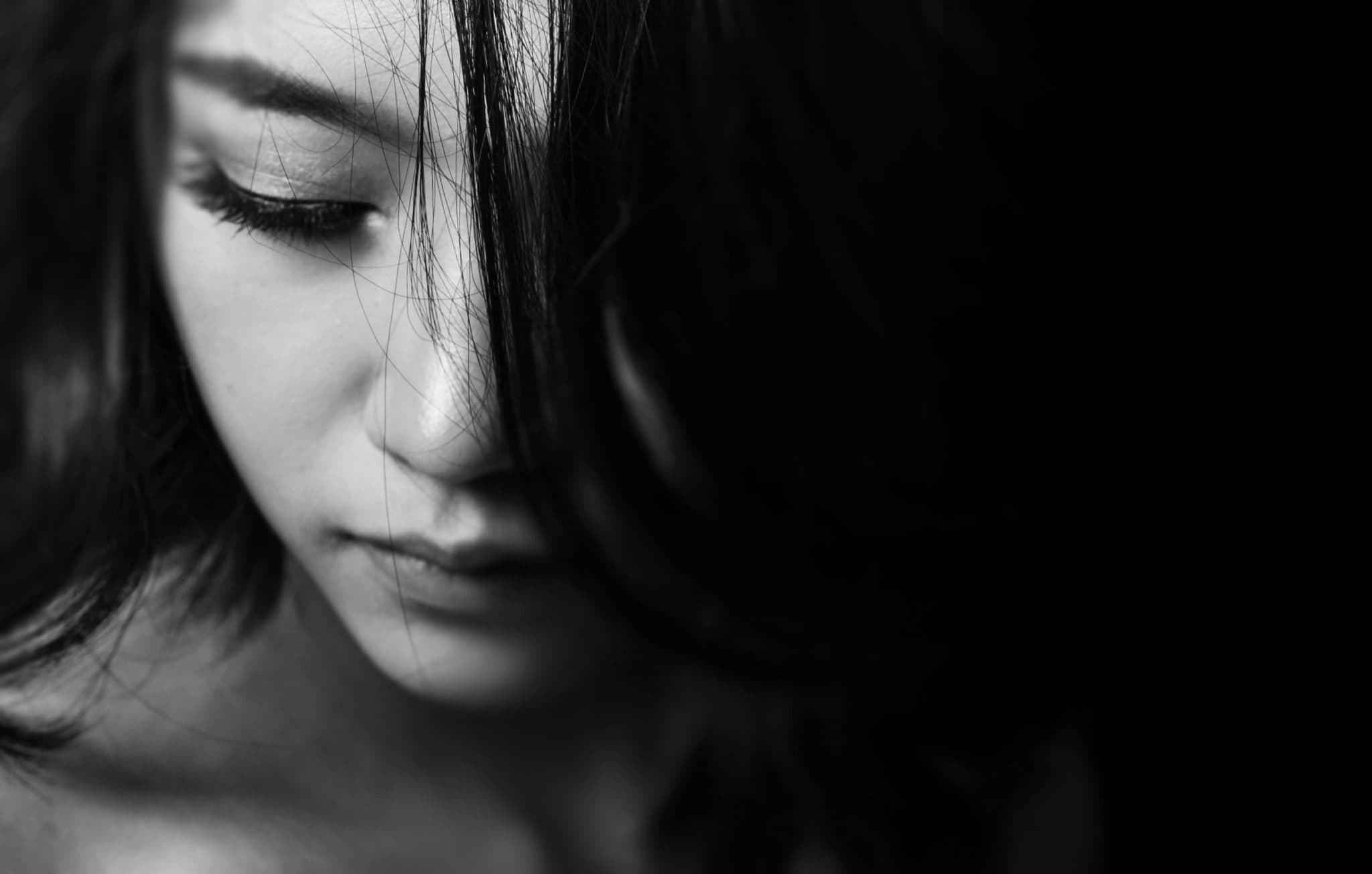
2025-12-17T17:11:43
Why OBGYN Clinics Are Using Nitrous Oxide for Pain Relief
- OB/GYN
April 1, 2016 | OB/GYN • Women and Children's Center
Specialties:OB/GYN

While overshadowed by other women’s illnesses, such as breast and ovarian cancers, endometriosis — often called “endo” — is actually a common physical problem in women of childbearing age. The word derives from “endometrium” which is the term for the tissue that normally lines the uterus or womb. For unfortunate sufferers of endometriosis, the tissue grows outside of the uterus on parts of the body where it does not belong, causing everything from intense discomfort to seemingly unbearable pain.
Endometriosis affects more than 5 million women and girls in the United States, according to WomensHealth.gov. Although endometriosis is anything but discriminatory, as far as the age of its victims, it most commonly affects women in their 30s and 40s.
If you, like more than 5 million American women, have received a diagnosis that you have endometriosis, the road ahead may initially seem bleak and worrisome. Just doing a small bit of research yields a pretty long list of symptoms that involve the word “pain,” but take heart and have hope. There are things you can do to alleviate pain and discomfort so you can live a full and rich life while battling this condition. Since everyone is different, the answers for your body may take time to find and may not look like anyone else’s. This infographic describes the things you need to know to begin overcoming the symptoms of endometriosis.

WRITTEN BY:
THE OB/GYN TEAM

2025-12-17T17:11:43

2025-11-21T14:10:25

2024-09-19T11:59:35

2019-12-31T15:15:01
This information is not intended to replace the advice of a medical professional. You should always consult your doctor before making decisions about your health.